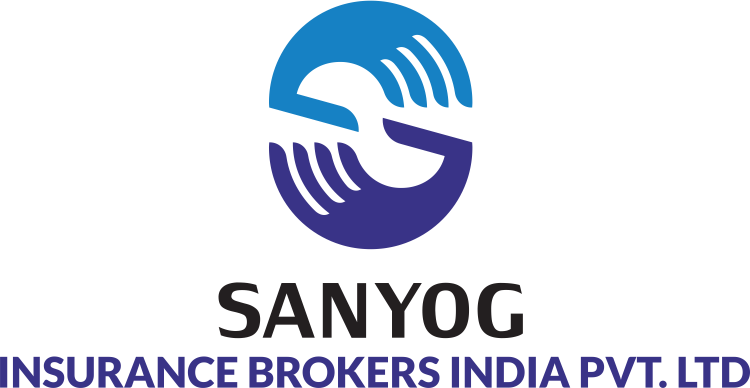Employer-Paid Premiums
- Coverage by Employer: Typically, the employer covers the cost of the basic group term life insurance premiums. This means that employees receive the insurance benefit without having to pay for the basic coverage themselves.
- Partial Coverage: In some cases, the employer may cover only a portion of the premiums, with the remaining costs passed on to the employees. This partial coverage helps manage the overall expense while still providing a valuable benefit.
- Administrative Costs: Employers often handle the administrative aspects of the policy, including the payment of premiums and management of the insurance contract.
Employee Contribution
- Supplemental Coverage: Employees may have the option to purchase additional or supplemental coverage beyond the basic group term life insurance. This extra coverage provides higher benefits or additional features tailored to the employee’s needs.
- Optional Add-Ons: Employees can opt for various add-ons, such as higher coverage amounts or coverage for dependents (spouses and children). These additional benefits typically involve extra premiums paid by the employees.
- Premium Deductions: If employees choose to contribute, premiums for supplemental or optional coverage are usually deducted directly from their salary. This allows for convenient and automatic payment of additional insurance costs.
- Tax Implications: Employee contributions towards supplemental coverage may have different tax implications depending on local regulations. Employees should review how these contributions impact their taxable income.
Overall, the cost structure of Group Term Life Insurance balances the employer’s responsibility to provide basic coverage while allowing employees the flexibility to enhance their insurance benefits through optional contributions. This approach helps ensure that employees receive valuable protection while offering the opportunity to tailor their coverage to their individual needs.
